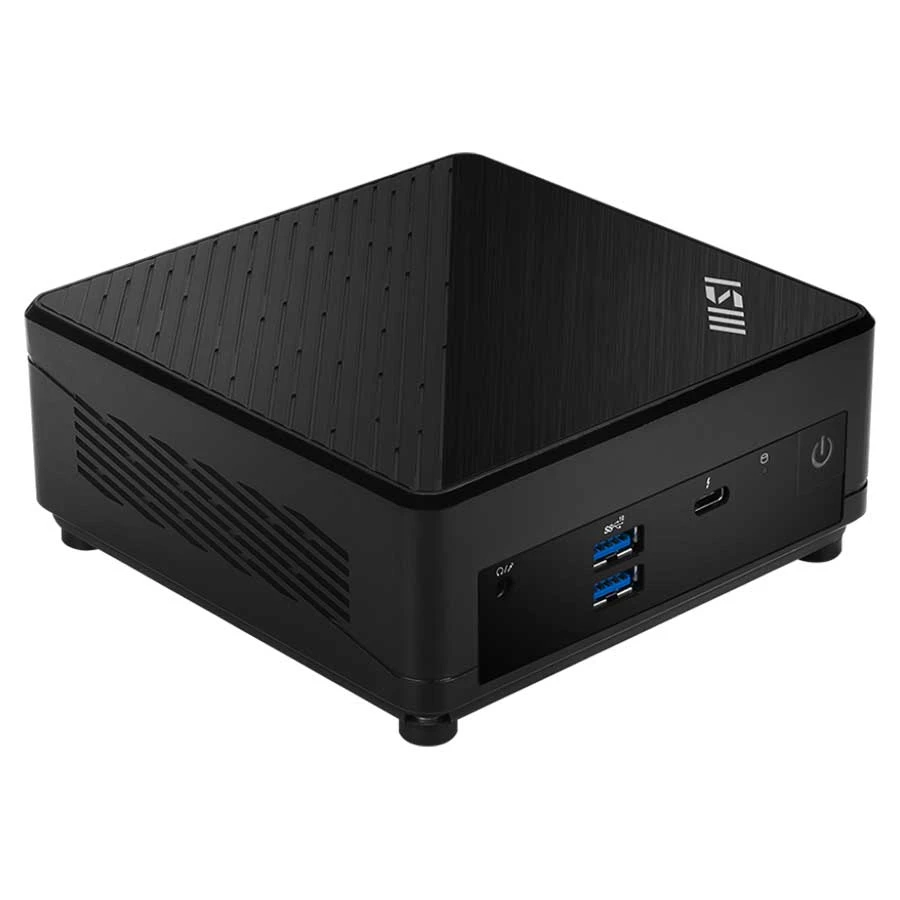
For small businesses, a well-optimized desktop computer setup is important for productivity and efficiency. Choosing the best desktop computer for small business purposes can significantly impact operations, from managing daily tasks to supporting growth. Optimizing these computers ensures that they perform well, remain secure, and meet the needs of both the business and its employees.
Upgrade hardware components:
An essential step in optimizing desktops is upgrading important hardware components. Adding more RAM allows computers to handle multitasking smoothly, especially when running memory-intensive software. Additionally, replacing traditional hard drives with Solid State Drives (SSDs) greatly improves boot times and application loading speeds. For graphics-heavy tasks, upgrading to a dedicated graphics card can improve performance without needing to replace the entire system.
Regularly update software and operating systems:
Keeping software and operating systems up to date is vital for security and functionality. Updates often include security patches that protect systems against malware and performance improvements that keep applications running smoothly. Enable automatic updates where possible, but schedule them during non-peak hours to avoid interruptions to productivity.
Implement security software:
For small businesses, data security is key. Use reliable antivirus and anti-malware programs to protect your systems from threats. Firewalls and regular scans can also help prevent unauthorized access and detect suspicious activity. Consider using secure browsing tools and Virtual Private Networks (VPNs) to protect sensitive business data, especially if employees work remotely.
Manage and organize files efficiently:
A cluttered file system can hinder productivity and slow down computer performance. Encourage employees to store files in designated folders and periodically delete or archive unnecessary data. Cloud storage solutions like Google Drive or Dropbox can offload large files and reduce local storage requirements, improving performance and accessibility.
Optimize startup programs:
Desktop computers with multiple startup programs can experience longer boot times. Use Task Manager on Windows or System Preferences on macOS to disable unnecessary startup programs. This simple tweak can improve startup speed, helping employees get to work faster.
Train employees on computer best practices:
Basic computer literacy can go a long way in maintaining system health. Train employees to close unused applications, clear cache regularly, and avoid clicking suspicious links. Educating staff on best practices helps prevent system slowdowns and keeps computers running smoothly.